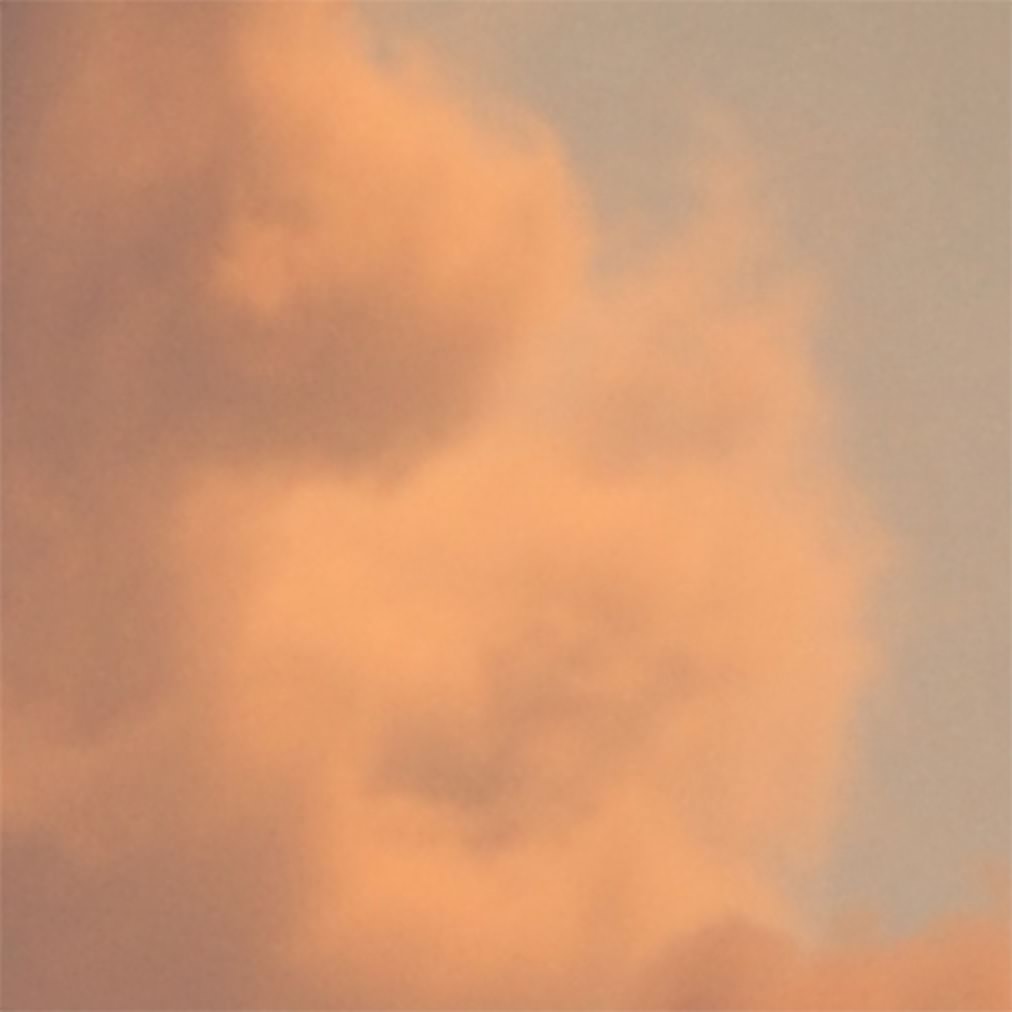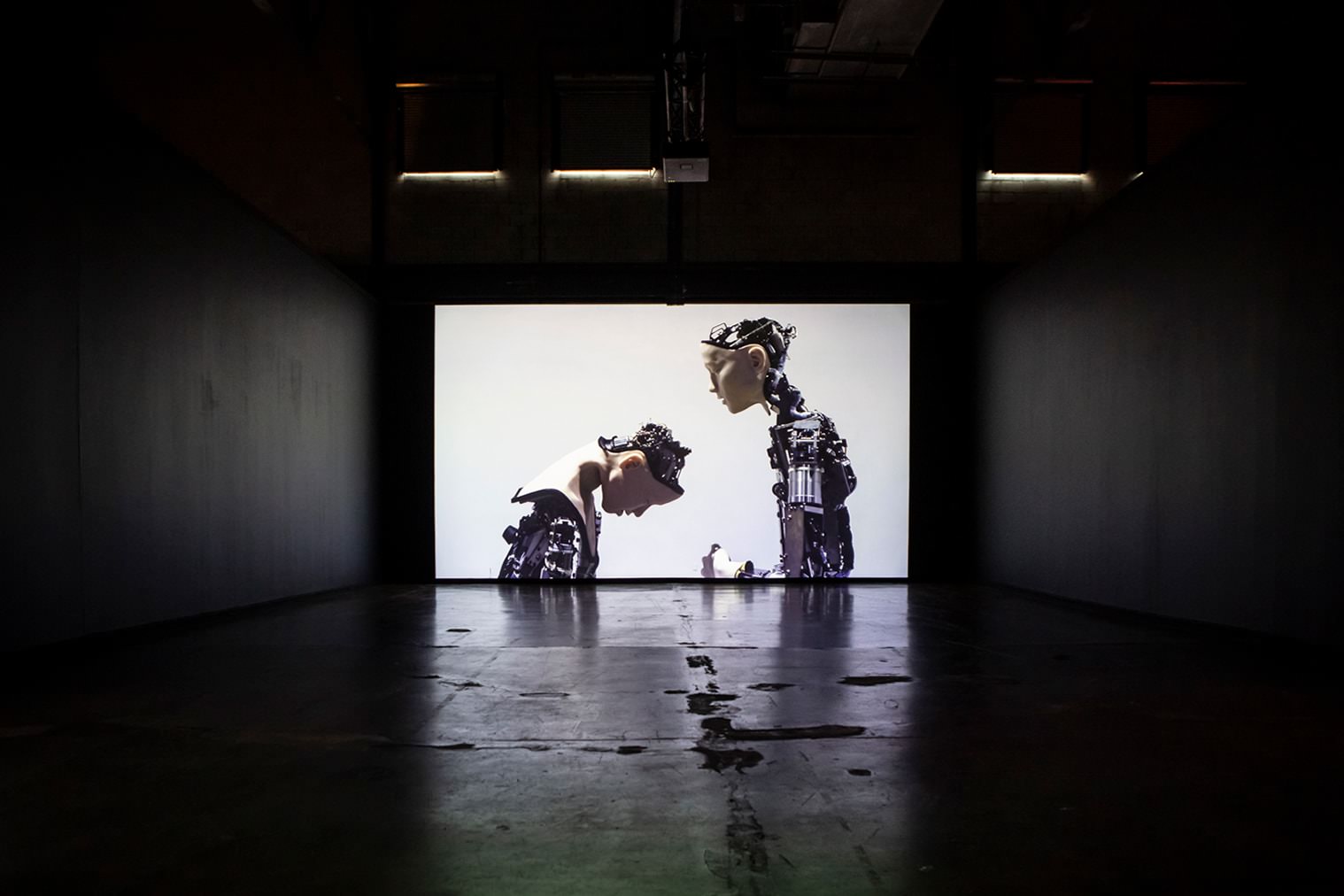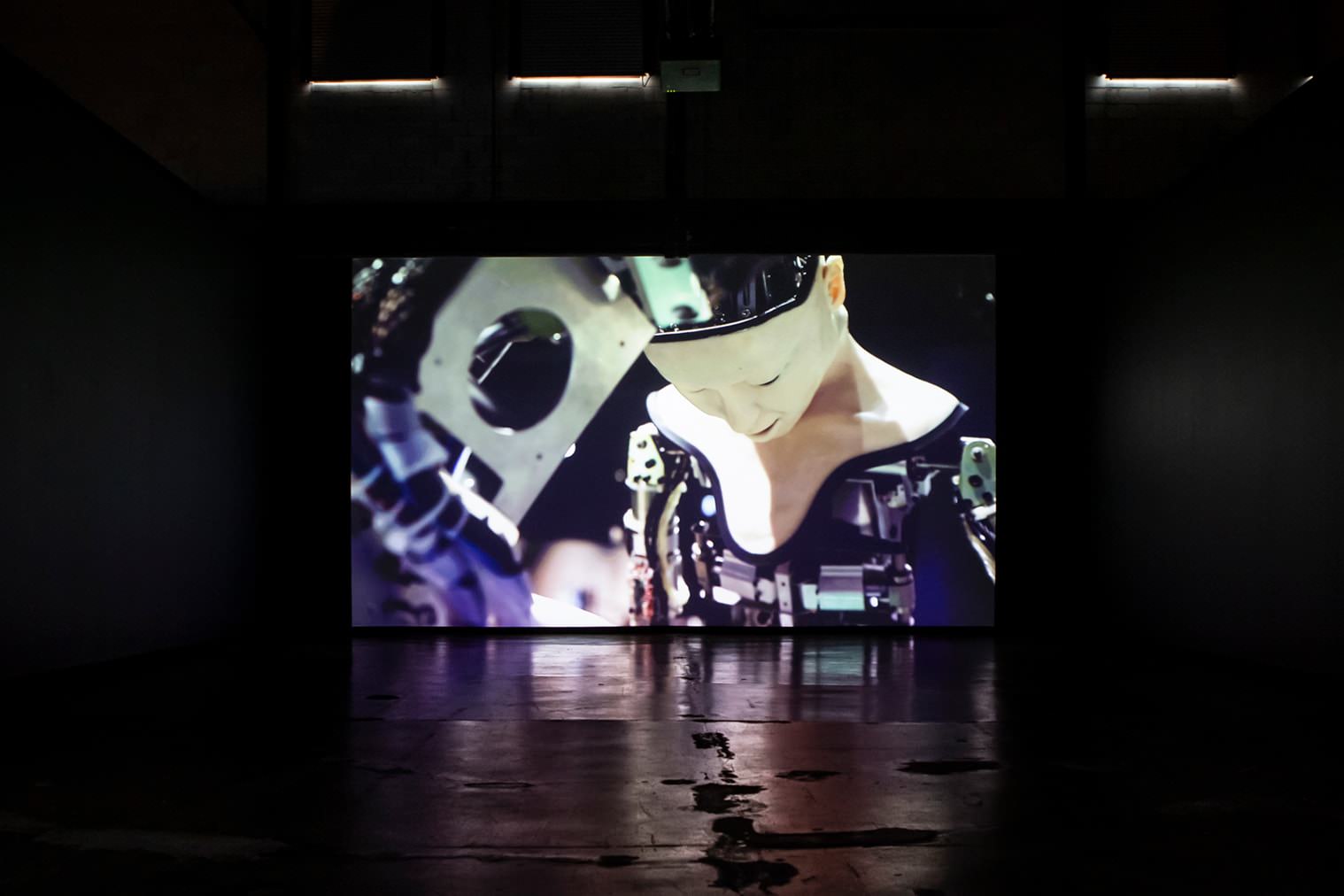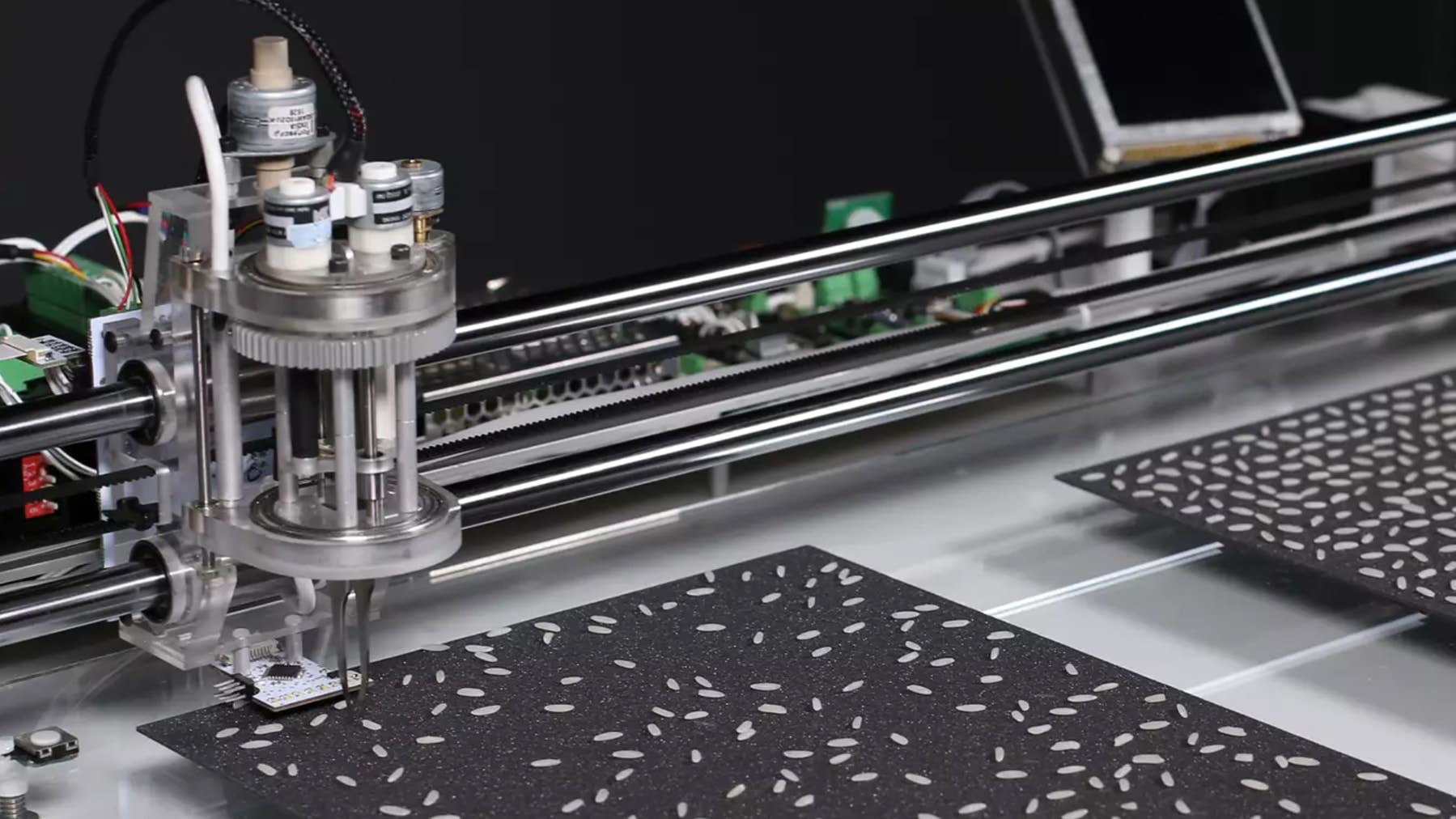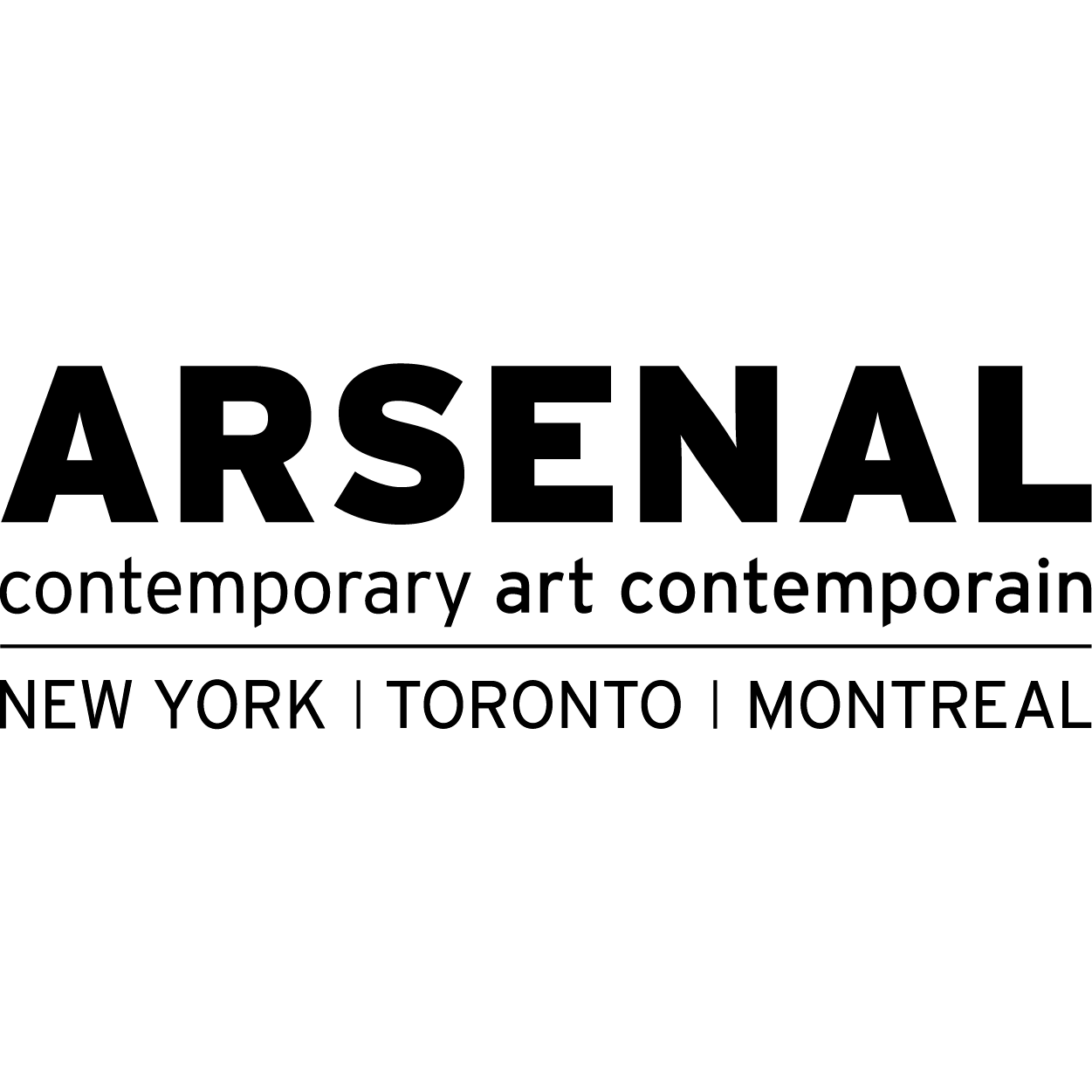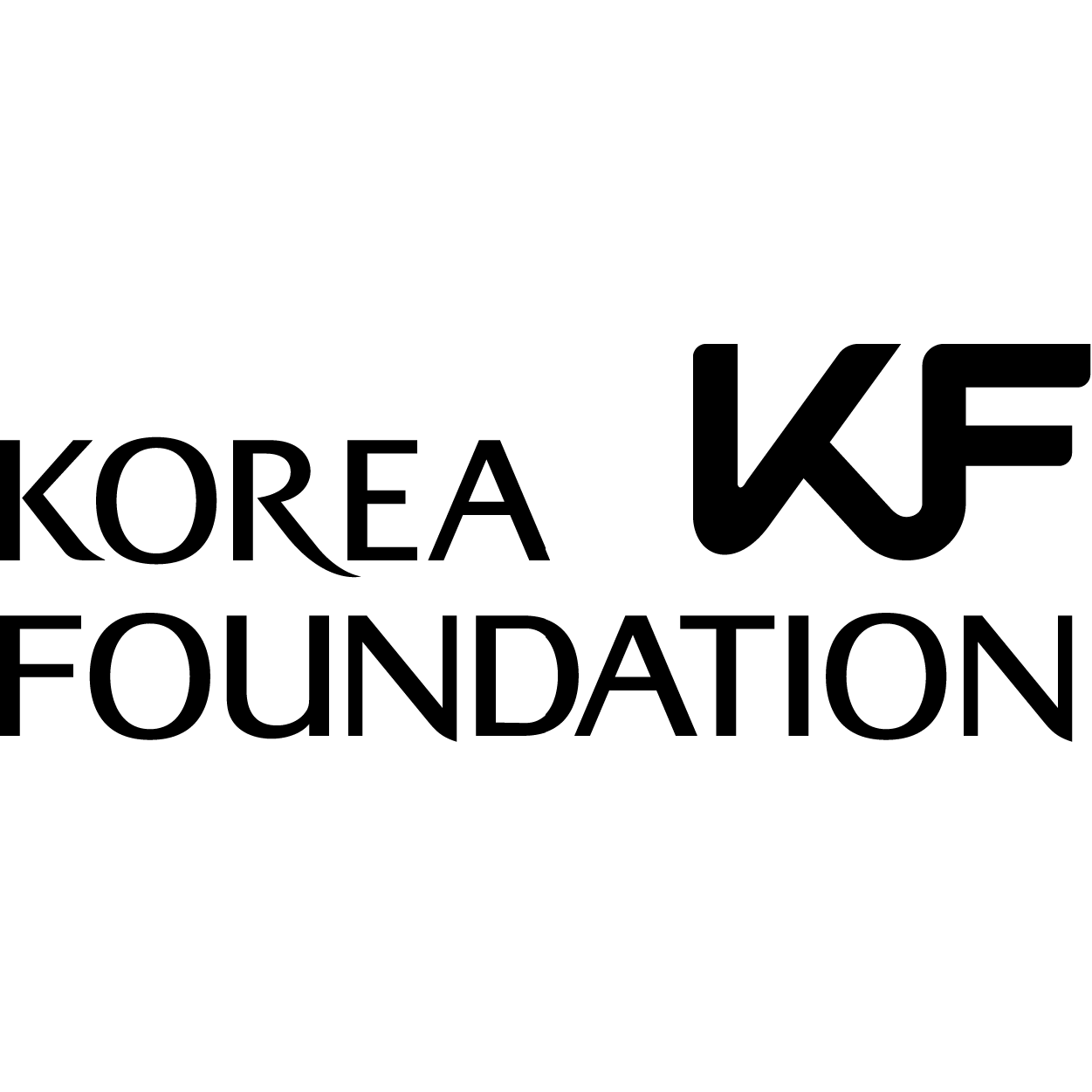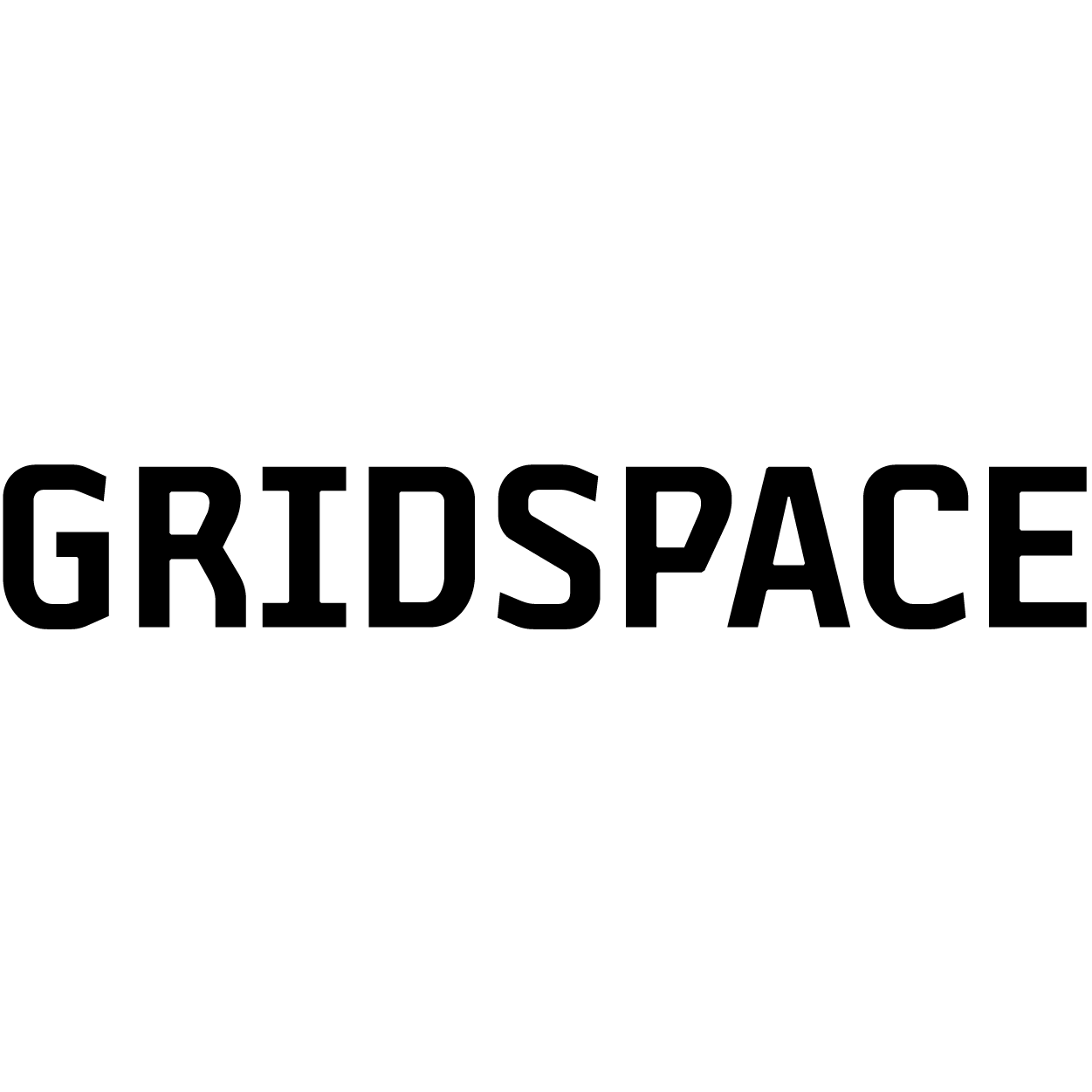Cloud Face
(Real Time, 2015)
Commande du ZKM | Center for Art and Media Karlsruhe, Allemagne.
Les humains voient des figures dans les nuages : des animaux, des visages et même un dieu. Ce type de perception apparaît également dans la vision artificielle : les algorithmes de détection des visages en trouvent parfois là où il n'y en a pas.
Cloud Face est une collection d'images de nuages qui sont reconnues comme des visages humains par cet algorithme, résultat d'une erreur de vision de la machine mais ils ressemblent souvent à des visages pour les yeux humains. Les humains savent pourtant que ce ne sont pas de vrais visages. Les humains imaginent plutôt ces visages provenant des nuages.
En savoir plus
